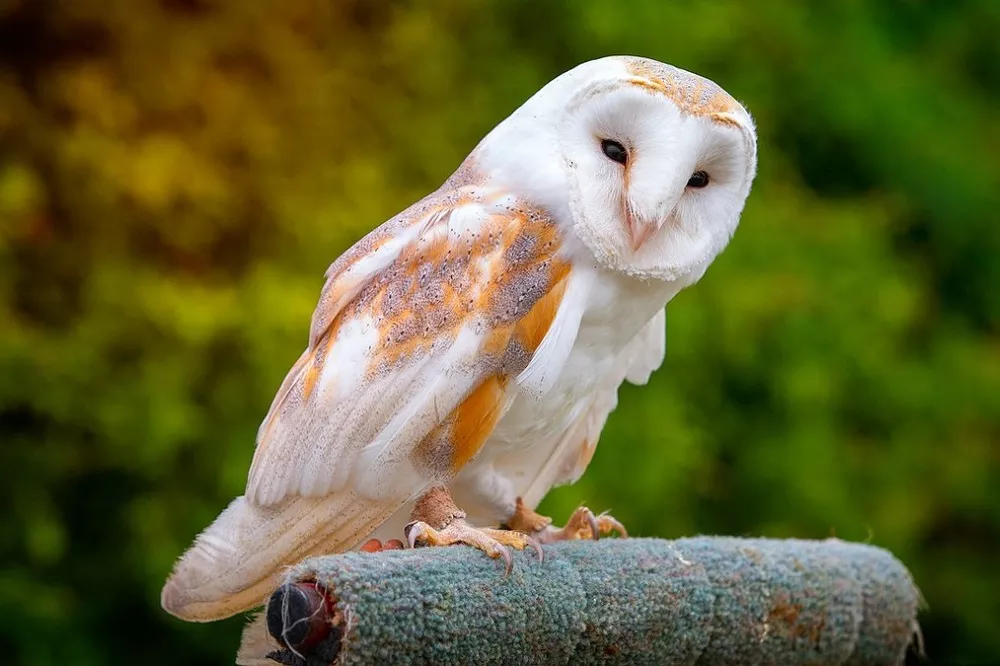Barn owls are fascinating birds of prey that are known for their distinctive heart-shaped faces and haunting calls. They are found all over the world, but they are most common in the temperate regions of Europe, Asia, Africa, and the Americas. In this article, we will discuss where barn owls live and nest, including their preferred habitats and nesting habits.
Habitats
Barn owls are highly adaptable birds that can live in a variety of habitats, including grasslands, deserts, forests, and wetlands. However, they tend to prefer open habitats, such as grasslands and agricultural fields, where they can hunt for small mammals, such as mice, voles, and shrews. Barn owls are also known to live in urban and suburban areas, where they can nest in buildings and feed on rodents that live in and around human settlements.
Nesting Habits
Barn owls are cavity nesters, which means that they nest in hollow trees, cliffs, and other natural or man-made cavities. They do not build their own nests but instead rely on existing structures to provide shelter for their eggs and young. In areas where natural cavities are scarce, barn owls will also use man-made structures, such as barns, silos, and church steeples, as nesting sites.
Barn owls are monogamous and form long-term pair bonds. They will typically mate for life, and both parents will be responsible for caring for their young. Barn owls breed in the late winter and early spring, with females laying up to 11 eggs in a clutch. The eggs are incubated for around 30 days, and both parents will take turns sitting on the eggs and feeding the young.
Once the chicks hatch, they are helpless and rely on their parents for food and protection. The parents will continue to care for the chicks for around two months until they are able to fly and hunt for themselves. During this time, the parents will bring food to the nest, which can include rodents, birds, and even insects.
Conclusion
In conclusion, barn owls are highly adaptable birds that can live in a variety of habitats, including grasslands, forests, and urban areas. They are cavity nesters and rely on existing structures, such as trees and buildings, for nesting sites. Barn owls form long-term pair bonds and both parents are responsible for caring for their young. If you are interested in observing barn owls in the wild, be sure to look for them in open habitats where they can hunt for small mammals, and keep an eye out for man-made structures, such as barns and church steeples, where they may be nesting.
Related topics:


 Facebook
Facebook  Instagram
Instagram  Youtube
Youtube 